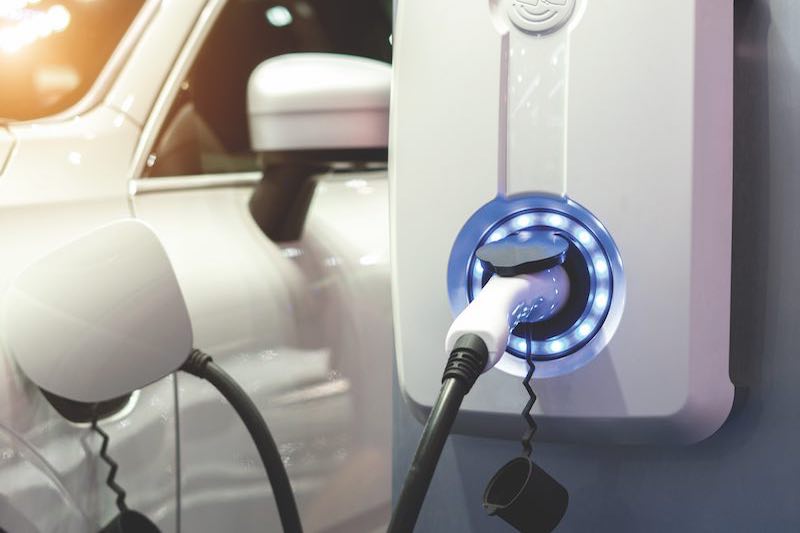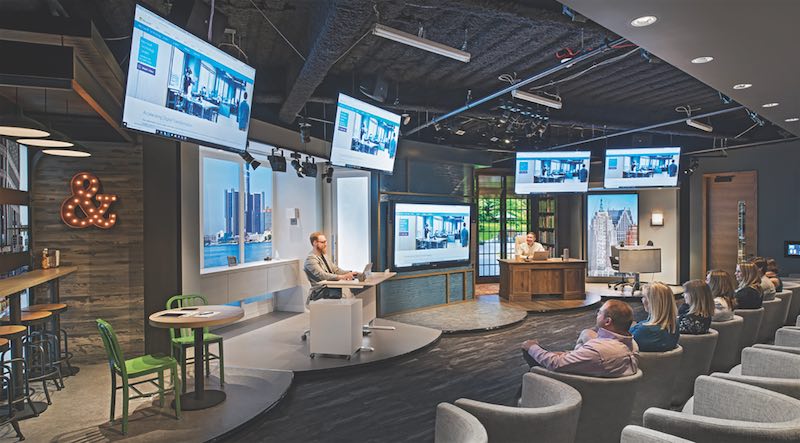
One of the key learnings from this pandemic has been the value of adaptability, in our personal lives and in business. Those of us used to driving into an office every day had to be flexible with our daily routine and learn to work from home. Schools had to adjust to educating their students virtually. We also saw large corporations flex their capabilities to meet urgent needs around the world. Fashion labels like Ralph Lauren and Prada reconfigured their production facilities to produce face masks and isolation gowns. Other companies adapted by making ventilators, hand sanitizer and soap at their manufacturing plants. In ordinary as well as unprecedented times, businesses that are flexible and pivot at the right points have a distinct advantage over those that don’t.
In order to move forward successfully in this new reality, there are several core factors businesses will need to consider:
Change is inevitable. We’ve heard it before, but it’s worth repeating. Change will happen, whether it’s good change like new market opportunities or difficult change like recessions, wars, natural disasters and pandemics. Companies that are set up to adapt will be more likely to succeed when changes happen.


It’s essential to address evolving market needs. No market remains the same indefinitely. Consumer needs continuously change and markets fluctuate, which means companies must be ready to pivot in order to meet those changes. A great example is DuPont. It began as a manufacturer of gunpowder as far back as the Civil War. In fact, they supplied much of the gunpowder to the Union Army. The market changed after the war and throughout the ensuing years, DuPont reinvented itself many times to become the multi-industry powerhouse it is today.
Technology demands adaption. Advancements in technology are continually requiring companies to adapt their business models. Netflix disrupted the DVD rental market when it brought its streaming service to the market. While the company was once in the DVD rental business, it adapted as technology advanced. It forever changed the way we consume entertainment, while Blockbuster failed to be flexible and ceased to exist.

Another example of technology driving adaptation is Microsoft. Updating its software programs like Word and Adobe used to be done by purchasing and installing a CD. As cloud-based technology advanced, the company changed its business model to subscription-based software that is more easily and frequently updated.
Brands need to keep up with changing times. The strongest brands consider their relevance, market and competition, and adapt over time. What makes a brand unique and special today, won’t necessarily make it that way 10, 30 or 50 years down the road. Changing customer needs mean companies should update their brand promise when it’s warranted. Brand language, logos and differentiators also change over time. Organizations that are flexible are more likely to keep their brands relevant without changing who they are at their core.
Products must be kept relevant. From phones to cars to toothpaste, products are changing all the time to meet shifting needs. Ten years ago, we didn’t see many electric vehicles on the road. Today, we see charging stations popping up across the country and long-established automotive companies diving into the electric vehicle market with gusto. They are adapting to market and environmental demands for cleaner transportation. It’s a great example of how companies must continually re-evaluate their product offering and pivot at key times to remain relevant.


It’s vital to monitor the changes coming ahead. No one has a magic crystal ball. Predicting change and what will be needed to adapt to it is not an exact science. That’s why organizations that are set up to strategically adapt their approach, processes and actions are at a distinct advantage. Even when the unpredictable happens, they can better alter their course to respond and remain relevant.
We are in unprecedented times that not only call for hg— but demand — adaptability. Whether an organization is dragged into it kicking and screaming, or whether it is leading the charge and positioning itself to respond even faster to future changes, will determine its success. When it comes to adapting to change, you don’t want to be the 1,000-ton aircraft carrier . . . you want to be the speedboat that can turn on a dime.

